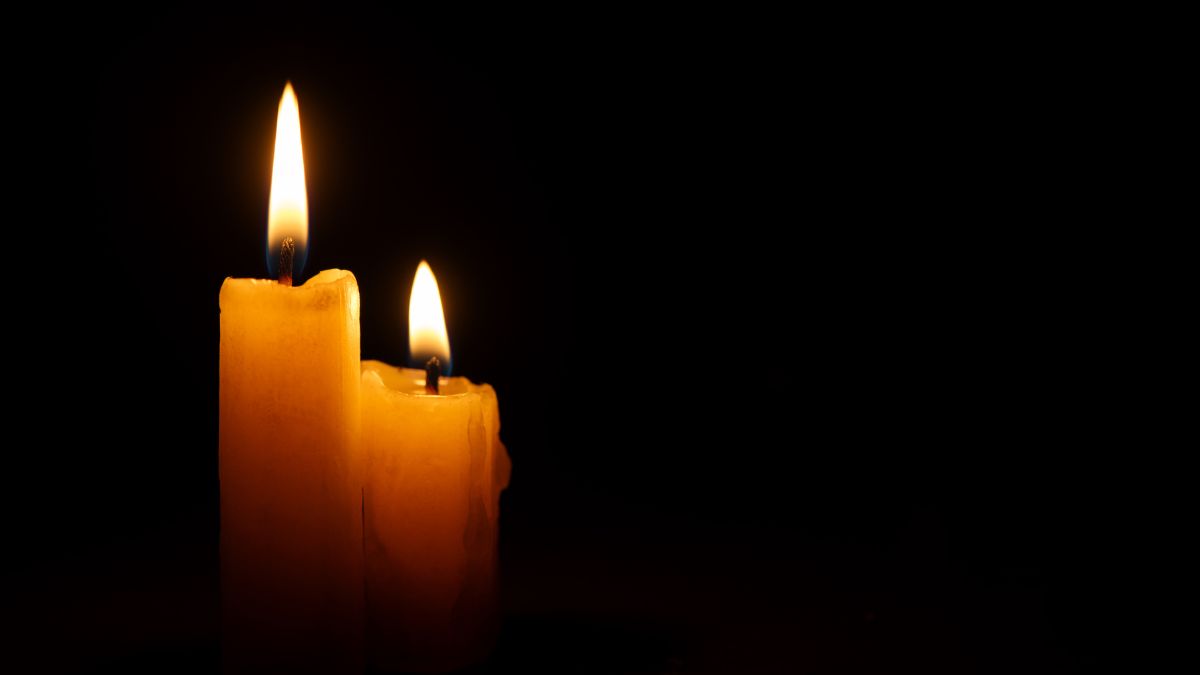Kalidasa (Classical Sanskrit Literature)
Kalidasa (Classical Sanskrit Literature)
The Rwandan Genocide

The Rwandan Genocide
In the heart of Africa, amidst the lush hills and vibrant landscapes of Rwanda, a dark chapter unfolded in 1994 that would etch its name in history with the blood of the innocent. The Rwandan Genocide, a cataclysmic event that shook the world, was not just a testament to the depths of human cruelty, but also a poignant reminder of the resilience and indomitable spirit of humanity.
As dawn broke on April 7, 1994, a malevolent shadow crept over Rwanda. The assassination of President Juvénal Habyarimana, whose plane was shot down above Kigali, ignited the tinderbox of ethnic tensions between the Hutu and Tutsi communities. What followed was a meticulously orchestrated campaign of violence that defies comprehension. In just 100 days, an estimated 800,000 Tutsis and moderate Hutus were mercilessly slaughtered, not by faceless enemies, but by neighbors, friends, and even family members, coerced or swayed by the virulent propaganda of the time.
The brutality of the genocide was staggering. Men, women, and children were hunted down with machetes, clubs, and whatever weapons could be found, in a horrifying display of savagery that turned serene villages into graveyards and once-bustling streets into corridors of death. Churches, schools, and hospitals, places once considered sanctuaries, became the stages for unspeakable atrocities.
Yet, amidst this abyss of despair, stories of extraordinary courage and compassion emerged. Individuals, both Rwandan and foreign, who risked, and in some cases, sacrificed their lives to save others. These beacons of hope, like the famed Hotel Rwanda manager Paul Rusesabagina, who sheltered over 1,200 people, providing a refuge amidst the storm of violence, exemplify the best of humanity amidst its darkest moments.
The international community’s response, or lack thereof, to the unfolding tragedy added a layer of tragedy to the narrative. The world’s powers, paralyzed by indecision, reluctance, or geopolitical calculus, largely stood by as the genocide unfolded. The United Nations, despite having peacekeepers on the ground, was hamstrung by limitations and mandates that prevented them from intervening to stop the killings. This inaction is a stark reminder of the failures of global governance and the moral imperative to prevent such atrocities in the future.
The aftermath of the genocide was a nation in ruins, its social fabric torn asunder, millions displaced, and countless lives shattered. Yet, Rwanda’s journey from the ashes of genocide to becoming a beacon of hope and development in Africa is nothing short of miraculous. Through national reconciliation processes, justice initiatives like the Gacaca courts, and a relentless drive towards unity and economic development, Rwanda has shown the world the power of forgiveness and the possibility of rebirth.
The Rwandan Genocide stands as a somber monument to the horrors that humanity is capable of inflicting upon itself. It serves as a call to action, a plea for vigilance, and a reminder that the seeds of hate, once sown, can lead to unimaginable destruction. Yet, in the resilience of the Rwandan people, their capacity for forgiveness, and their determination to rebuild, there lies a powerful testament to the strength of the human spirit. The story of Rwanda teaches us that even in the darkest of times, hope can bloom, and from the depths of despair, a new dawn can rise.